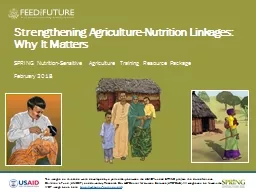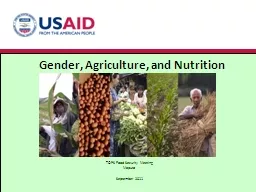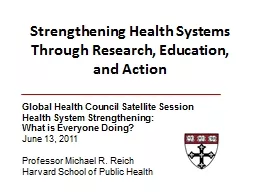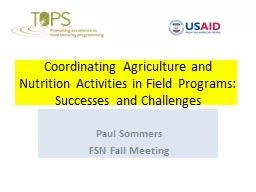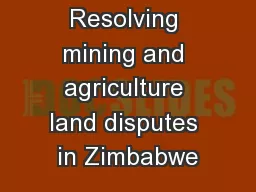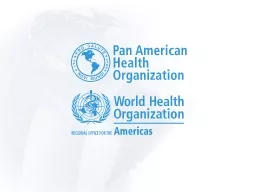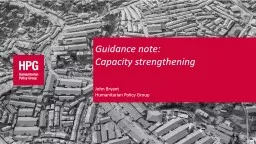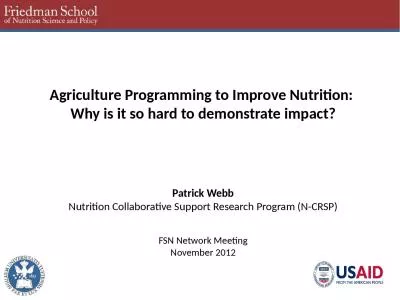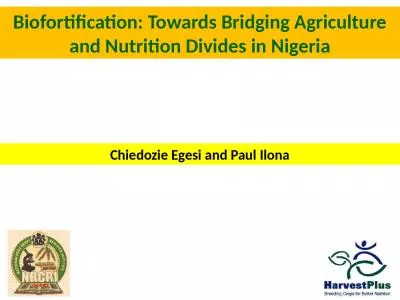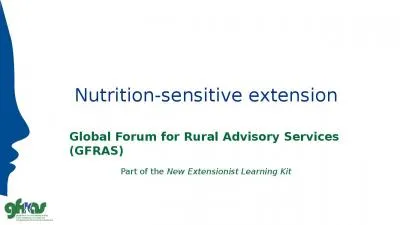PPT-Strengthening Agriculture-Nutrition Linkages:
Author : conchita-marotz | Published Date : 2018-09-16
Why It Matters SPRING NutritionSensitive Agriculture Training Resource Package February 2018 The images on this slide were developed by a partnership between the
Presentation Embed Code
Download Presentation
Download Presentation The PPT/PDF document "Strengthening Agriculture-Nutrition Link..." is the property of its rightful owner. Permission is granted to download and print the materials on this website for personal, non-commercial use only, and to display it on your personal computer provided you do not modify the materials and that you retain all copyright notices contained in the materials. By downloading content from our website, you accept the terms of this agreement.
Strengthening Agriculture-Nutrition Linkages:: Transcript
Download Rules Of Document
"Strengthening Agriculture-Nutrition Linkages:"The content belongs to its owner. You may download and print it for personal use, without modification, and keep all copyright notices. By downloading, you agree to these terms.
Related Documents

